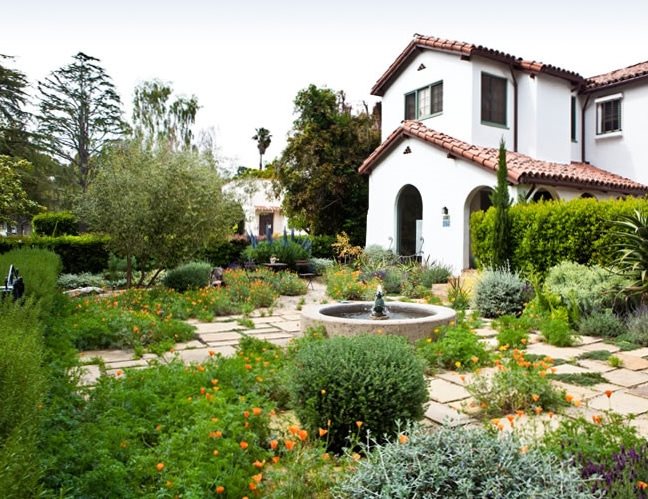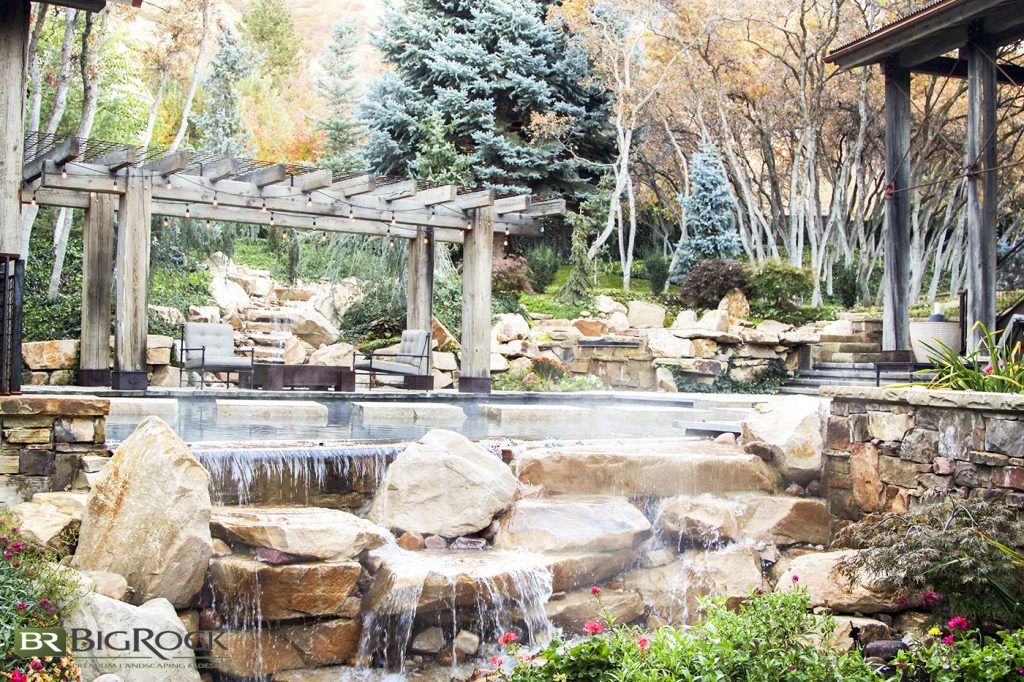Hilton Head Landscapes for Beginners
Hilton Head Landscapes for Beginners
Blog Article
Get This Report about Hilton Head Landscapes
Table of ContentsThe Facts About Hilton Head Landscapes UncoveredGet This Report on Hilton Head LandscapesNot known Details About Hilton Head Landscapes Some Known Details About Hilton Head Landscapes The Main Principles Of Hilton Head Landscapes The Best Guide To Hilton Head LandscapesThe 30-Second Trick For Hilton Head Landscapes
Line produces all types and patterns and can be made use of in a selection of methods the landscape. Line in the landscape is produced by the edge in between two materials, the outline or shape of a kind, or a long direct attribute. Lines are a powerful tool for the developer since they can be utilized to produce an infinite selection of shapes and types, and they regulate motion of the eye and the body.

Lines can have one or more features, such as those explained below, but they normally offer various purposes. Number 1. Lines in the landscape - landscapers in bluffton sc. The buildings of lines figure out just how individuals react to the landscape, both emotionally and literally. Straight lines are structural and strong; they produce a formal character, are typically connected with a symmetrical design, and lead the eye straight to a centerpiece.
Not known Details About Hilton Head Landscapes
Straight lines are usually discovered in hardscape edges and product. Rounded lines create a casual, natural, relaxed character that is associated much more with nature and asymmetrical equilibrium. Bent lines relocate the eye at a slower rate and add enigma to the area by developing concealed views. Vertical lines move the eye up, making an area feel larger.
Vertical lines in the landscape include high, slim plant product, such as trees, or tall frameworks, such as an arbor or a bird home on a pole. Straight lines relocate the eye along the ground plane and can make a space really feel larger. Low lines are more controlled and create a sensation of rest or repose.
7 Easy Facts About Hilton Head Landscapes Explained
Reduced lines are produced by reduced garden wall surfaces, walkways, and brief bushes. Lines are utilized to attract types on a plan. In plan sight, they specify plant beds and hardscape locations. Lines are additionally produced by the vertical forms of built attributes and plant product. There are three main line kinds that develop type in the landscape: bedlines, hardscape lines, and plant lines.
Bedlines link plant material to your house and hardscape since the eye complies with the line, relocating the gaze with the landscape. Hardscape lines are created by the edge of the hardscape, which defines the built structure. Line can also be created by lengthy and narrow products, such as a fence or wall surface.
Hilton Head Landscapes - Truths
Kind is located in both hardscape and plants, and it is normally the dominant visual element that spatially organizes the landscape and frequently identifies the style of the garden. The form of frameworks, plant beds, and yard ornaments additionally determines the overall kind motif of the garden. Official, geometric types consist of circles, squares, and polygons.
Plants produce kind in the yard via their outlines or silhouettes, yet form can additionally be specified by a space or adverse space between plants - landscapers in bluffton sc (https://padlet.com/stevenagonzales/my-delightful-padlet-65fq7sgb974pr3v2). Circles can be complete circles, or they can be split right into fifty percent circles or circle sectors and integrated with lines to create arcs and tangents
Hilton Head Landscapes Fundamentals Explained
Circles can additionally be stretched right into ovals and ellipses for more range and interest. Circles are a solid style form since the eye is constantly drawn to the facility, which can be used to emphasize a focal factor or link other types. Number 2. Circular types in hardscape and grass panels.
The square form can additionally be fractional and secondhand repeatedly to develop a grid pattern. Unlike circles, squares are stronger on the brink, which can be aligned or overlapped to create one-of-a-kind patterns and more complicated types. Polygons are many-sided forms with straight edges. Triangles, as an example, are three-sided polygons.
Twisting lines commonly resemble the natural course of rivers or streams and can be referred to as smooth lines with deeply rounded wavinesses. Twisting lines (Figure 3) work well for pathways, plant bedlines, and dry stream beds. Meandering lines can add rate of interest and enigma to a yard by leading audiences around edges to find new sights and rooms.
Top Guidelines Of Hilton Head Landscapes

Common plant forms are well developed and standard, as form is the most regular and identifiable quality of plants. Kind can likewise be produced through the massing of plants, go where the general mass creates a various form than a specific plant.
An extremely contrasting type must be made use of with careone or 2 work well as a prime focus, however also many wreak havoc. All-natural plant types, as opposed to over-trimmed types, need to develop the bulk of the structure. The importance of general form is essentially based on the checking out perspectivethe kind of a tree can appear fairly various to an individual standing under the cover versus viewing the tree from a distance in an open area.
Some Known Facts About Hilton Head Landscapes.
Plant kinds also create and define the void or open areas in between the plants, developing either convex or concave types in deep spaces. High-arching tree branches typically create a concave open area under the branches, and a round canopy with low branches fills up the room to develop a convex kind outdoors room under the tree.

Report this page